According to Hanover Research, B2B buyer expectations in 2020 continue to rise. B2B sellers must be prepared to offer a self-serve experience that is highly personal and they must act quickly. Their survey of 1,000 procurement leaders discovered these buyers:
- increasingly want to self-serve
- value personalized experiences
- expect fast quotes.
Speed and customer experience are now more important than price. The challenge for B2B sellers is to create that experience using the eCommerce platforms available. Read on to know what customers want and what you need in an eCommerce platform to meet their expectations and grow your business in 2020.
What Customers Want on the Front-End
Before you begin evaluating eCommerce platforms, decide what features you will need to provide the front-end experience buyers want. In 2020, here are the most important things to consider.
1. Self-Service Experience
Buyers want to do most of the work for themselves. This is a major shift in how business was previously conducted. According to Gartner’s research report, buyers are only spending 17% of their time in contact with sales reps.
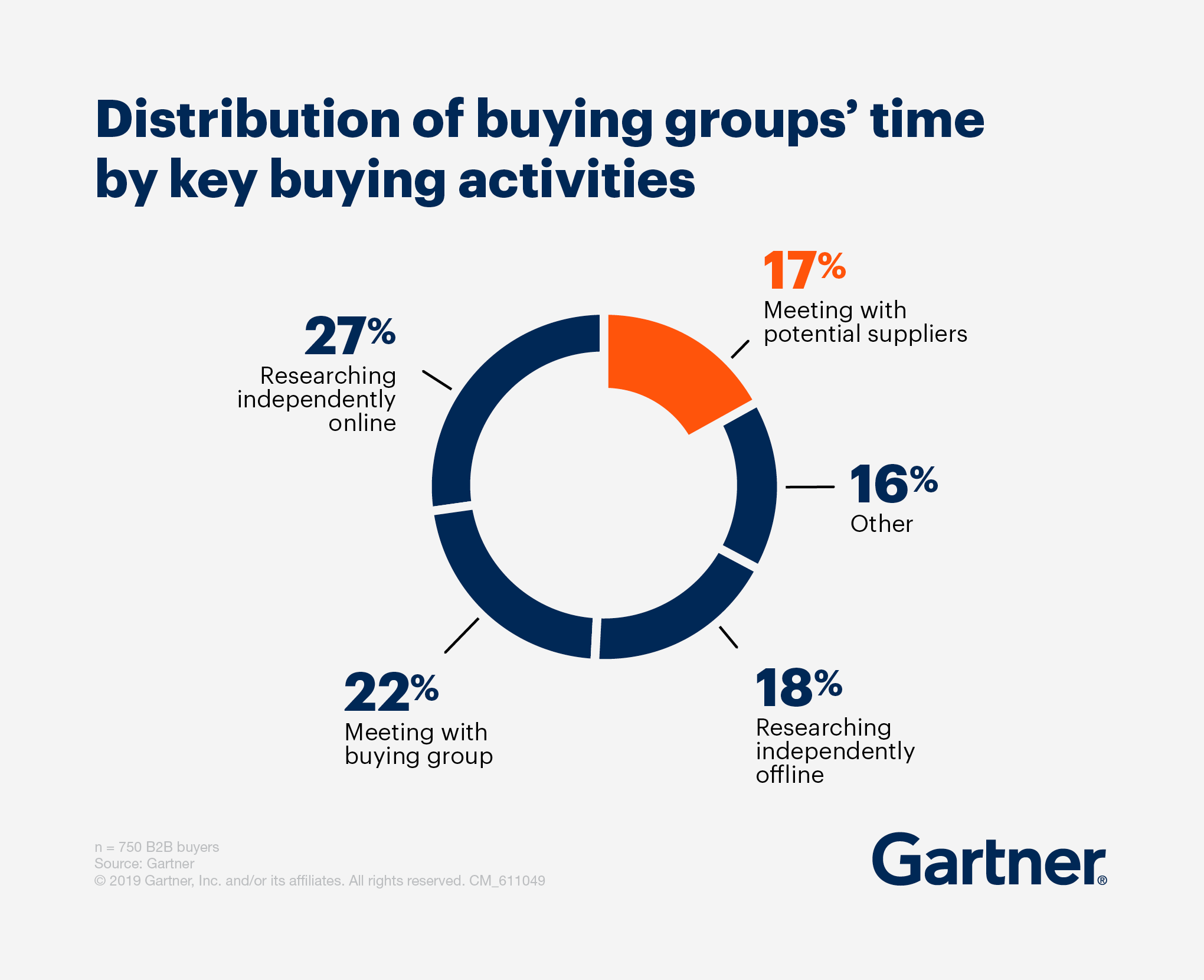
They prefer to research online, download whitepapers and reports, and continue their research offline. Their independent research leverages the small amount of time they spend in contact with potential suppliers to make the exchange as highly productive as possible.
To keep the interest of this buyer, you need a website that provides more than just rich product descriptions and photographs. Buyers are looking for information that is relevant to their problem, industry, or situation. Your website must be able to handle multi-media and interactive experiences.
Visitors don’t want to hassle with bookmarks. The modern buyer wants wish lists and shopping lists with product information they can easily share with colleagues.
Who wants to pick up the phone to ask a question? Chatbots or live chat provides quick answers to questions as they arise. This function isn’t generally included in most eCommerce platforms, but it is necessary for the complete self-serve experience.
2. Personalized Offerings
Buyers and visitors want to be remembered. Offer them personalized catalogs and provide access to prior order history to facilitate the re-order process.

Because B2B buyers frequently purchase the same items make the process as easy as possible. Provide them with interfaces that offer the order history in multiple locations. In the example above, the order history can be accessed from either the top or left sidebar menu once a customer is logged in. To duplicate order, the customer simply needs to click the Re-Order Icon.
Segment your audience and create custom landing pages just for them. If your product is used in different markets, make sure the customer experience is customized for each market.
For example, SaltWorks sells gourmet salt to retail customers and food manufacturers. The two client sets have different expectations. SaltWorks customizes the experience for each by customizing the checkout workflow. Retail customers get the typical click, enter payment, purchase workflow while B2B customers follow a workflow that begins with logging into their account, accessing customized pricing, and provides multiple options for shipping and payment.
Personalize the buying experience whenever and wherever possible.
3. Rapid Response
Buyers don’t want to draw out the process any longer than necessary. Purchasing is a task to be completed so that other tasks can be completed. In other words, remember buying is a job for your customer. Respect their time.
More and more buyers want to get a quote online and they want a rapid response to their request. Make it simple to request quotes online through the website.
A recent eCommerce study conducted by Ignite Visibility showed that 37% of respondents chose websites as their preferred advertising platform. Interestingly, around 38% of respondents said they do not start holiday shopping until one month before. Read more about the eCommerce marketing study.
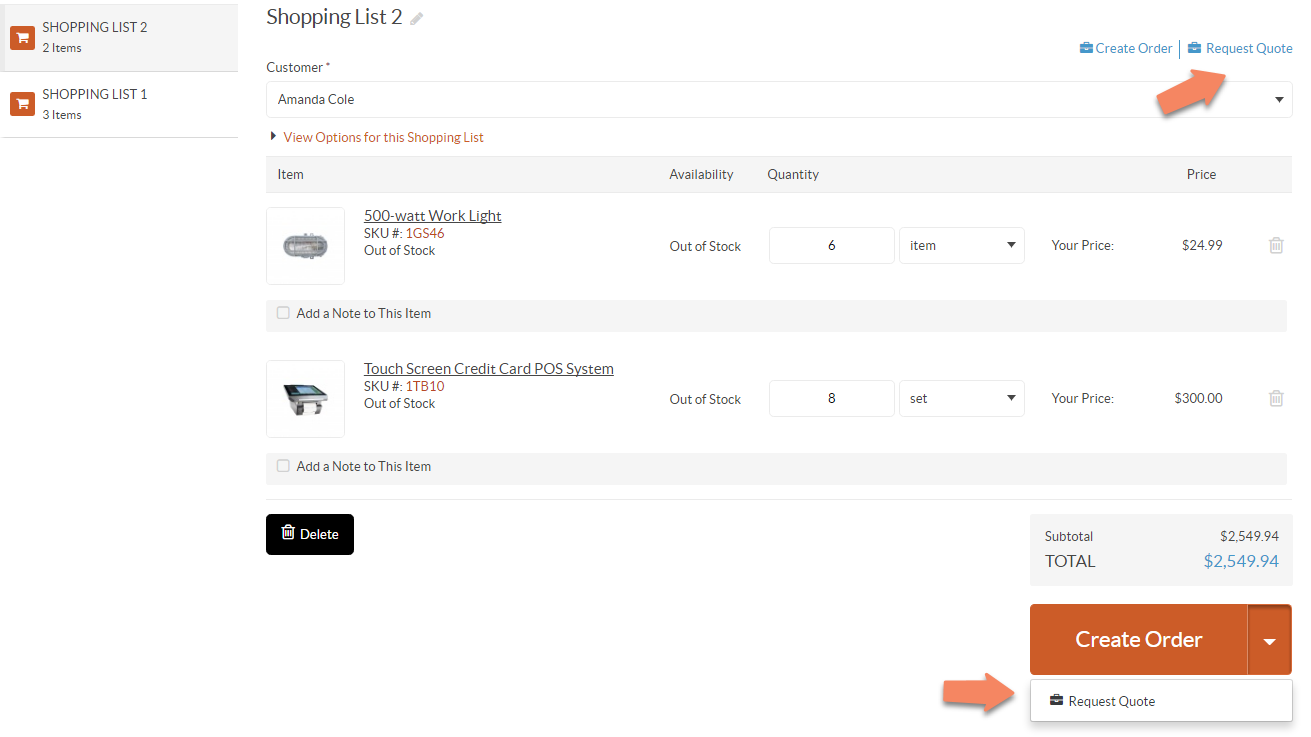
In this example, the customer is requesting a quote from a shopping list. However, you can add the request for quote (RFQ) to your product pages as well.
Digitizing the response where possible improves the buyer’s experience. For example, if your eCommerce platform has a robust pricing engine, you should be able to automate the quoting process and provide buyers with an immediate quote based on past purchase history, volume, and any other variables you define.
Further delight the buyer with the ability to convert a quote to a sales order in a click.
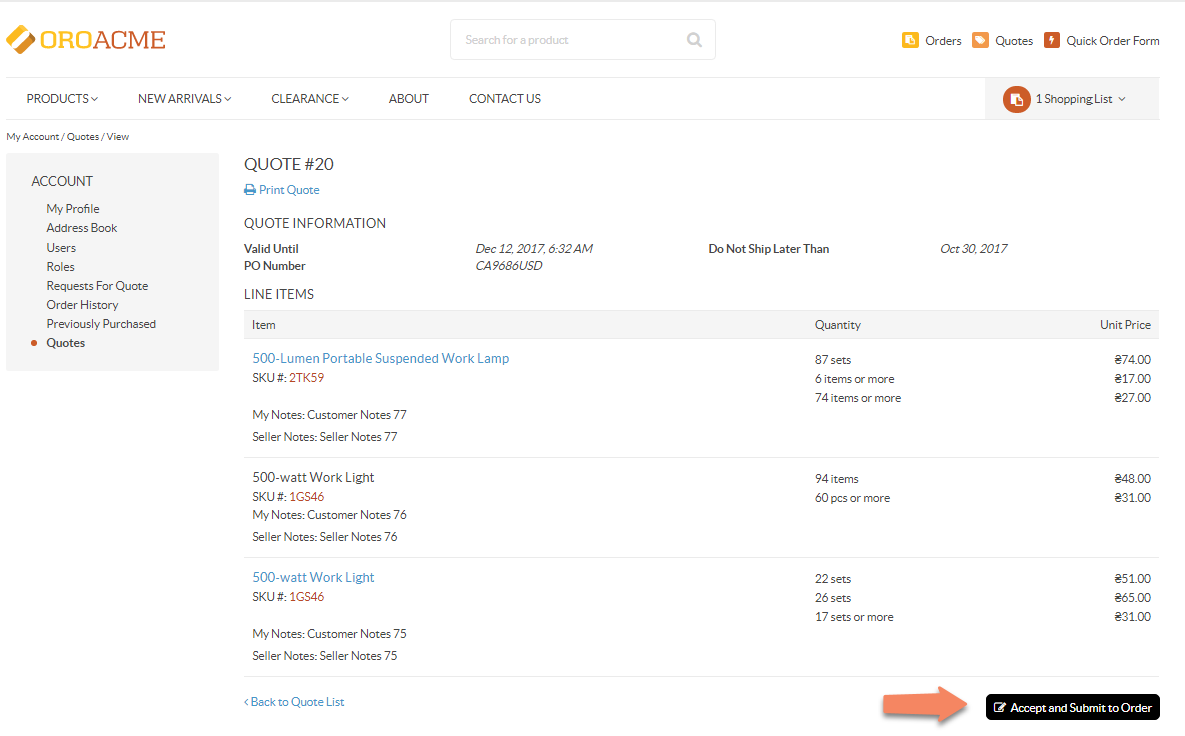
In this case, the buyer simply needs to click to accept the quote and place the order. That’s exactly the rapid response buyers want.
In a nutshell, the eCommerce experience your buyers want is based on respect for their need for information, respect for their time, and respect for their individual identity. That can be a tall order for an eCommerce platform.
What You Need on the Back-end
Now you know the three most important things to the buyer in 2020, let’s look at what an eCommerce platform must provide to deliver the experience your customers want.
1. Customer Self-service System
If buyers want self-service experiences, your choice of eCommerce platform must be ready to deliver. Look for as many of these features as possible to support self-serve experiences.
2. Powerful CMS to Create a Content-rich Website
Self-serve visitors need access to as much information as possible. If you don’t provide it, they will leave your site and find a site with the information they need. Pick an eCommerce platform with a powerful content management system (CMS).
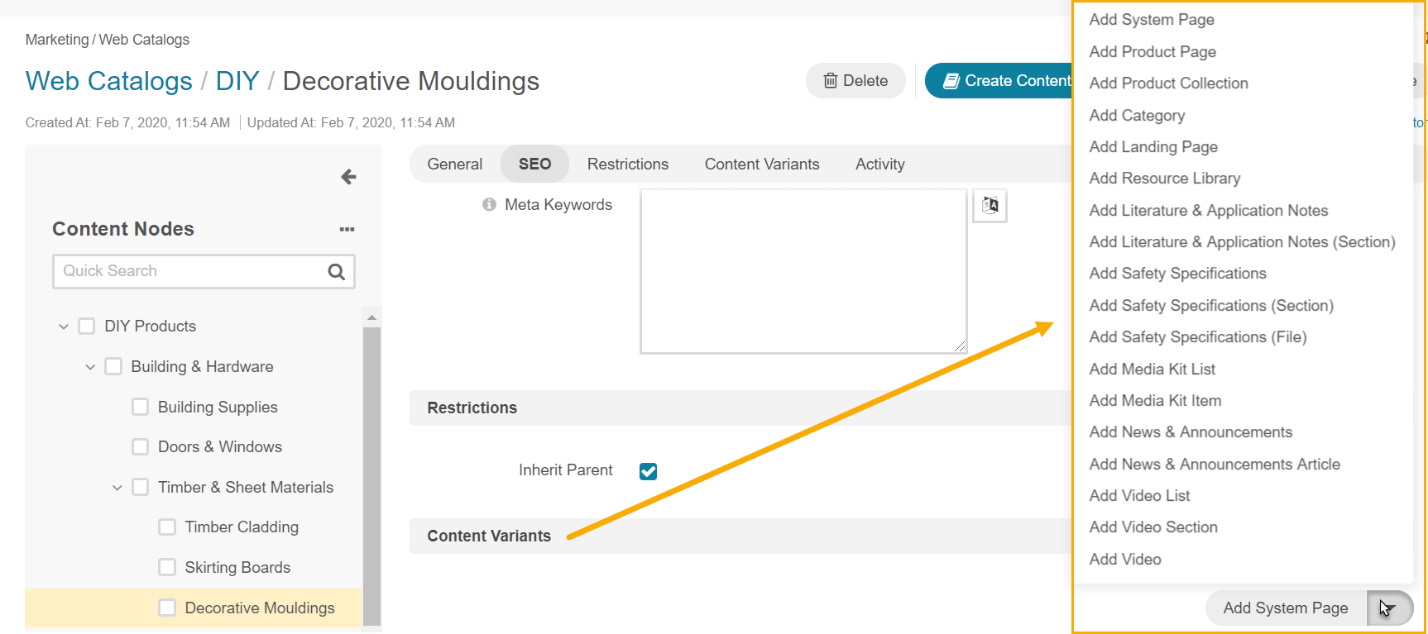
It should support downloadable literature, videos, custom landing page by product, application and usage notes, media notices (such as recall notices) and any other information that a buyer needs to make their purchasing decision. To appeal to the customer’s personalization needs, look for a platform with a CMS that is powerful enough to create unlimited customized versions of the storefront.
3. Support for Wish Lists or Shopping Lists
Remember many site visitors are just gathering information. Make it easy for them to save this information with wish lists or shopping lists. This allows the user to save a product without creating a shopping cart.

If your customer has created an account, you should be able to track the wish lists and shopping lists to better segment your marketing efforts.

4. APIs to Support Chatbots and Live Chat
Look for a platform with a rich ecosystem of APIs to easily integrate chatbots or live chat. For example, with a Zendesk integration, help is always a click away on this website, no matter what page you visit.
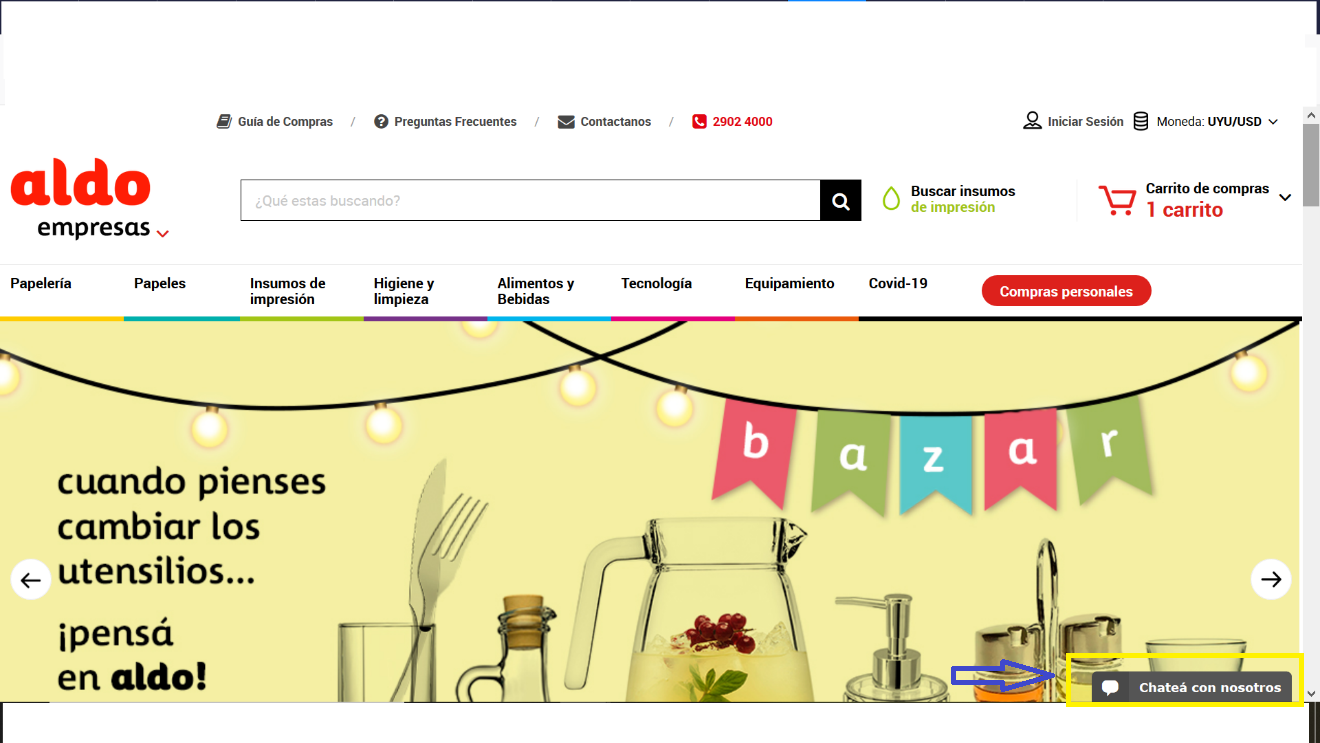
Decide the functionality you will need to add and research the availability of plug-ins and APIs before you settle on a platform.
5. Personalized Support
As mention previously, the CMS should be powerful enough to create an unlimited number of customized catalogs. This is especially important if your offerings cross-industries or you have a large number of SKUs.
6. Segmenting for Marketing Campaigns
Personalization is also important for marketing. Buyers are more responsive to personalized campaigns. So, look for a platform that allows you to segment your leads and customers for special offers. For example, you could segment by purchase volume, lifetime value, products purchased, or any other variable. In this case, the seller has segmented customers into Gold, Silver, and Bronze categories based on prior purchasing behavior.
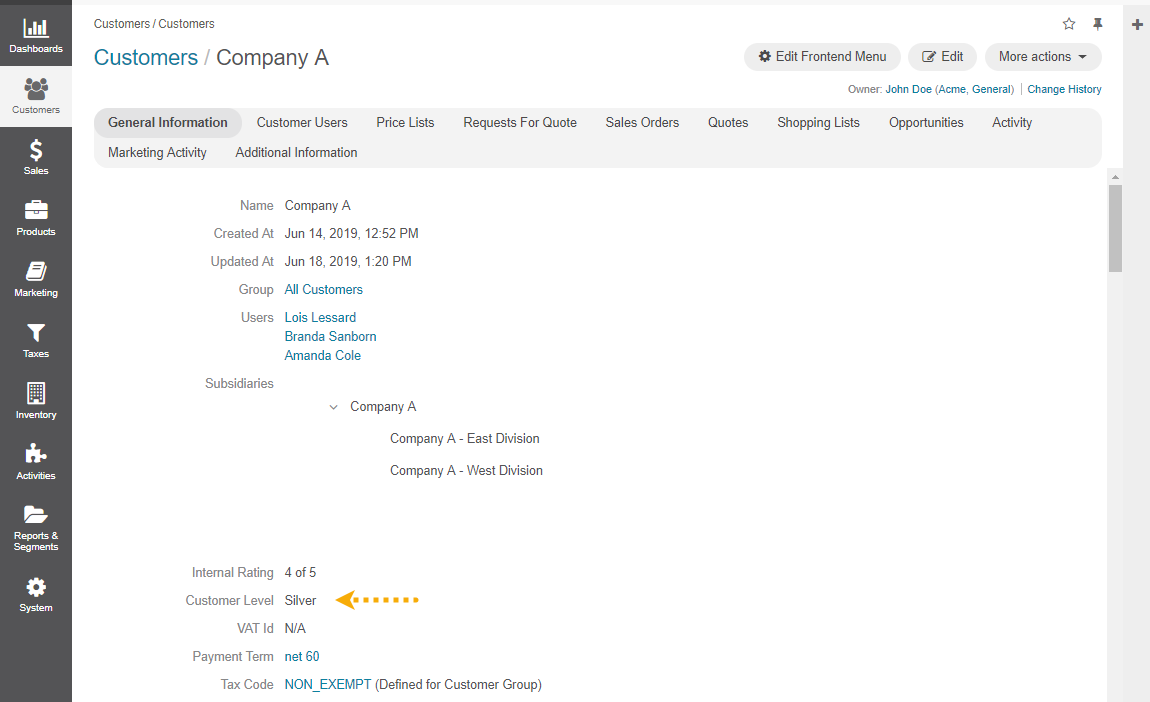
They can now create an email marketing campaign that offers these customers $100 off orders placed in the next month. When the customer checks out, the amount is automatically deducted.
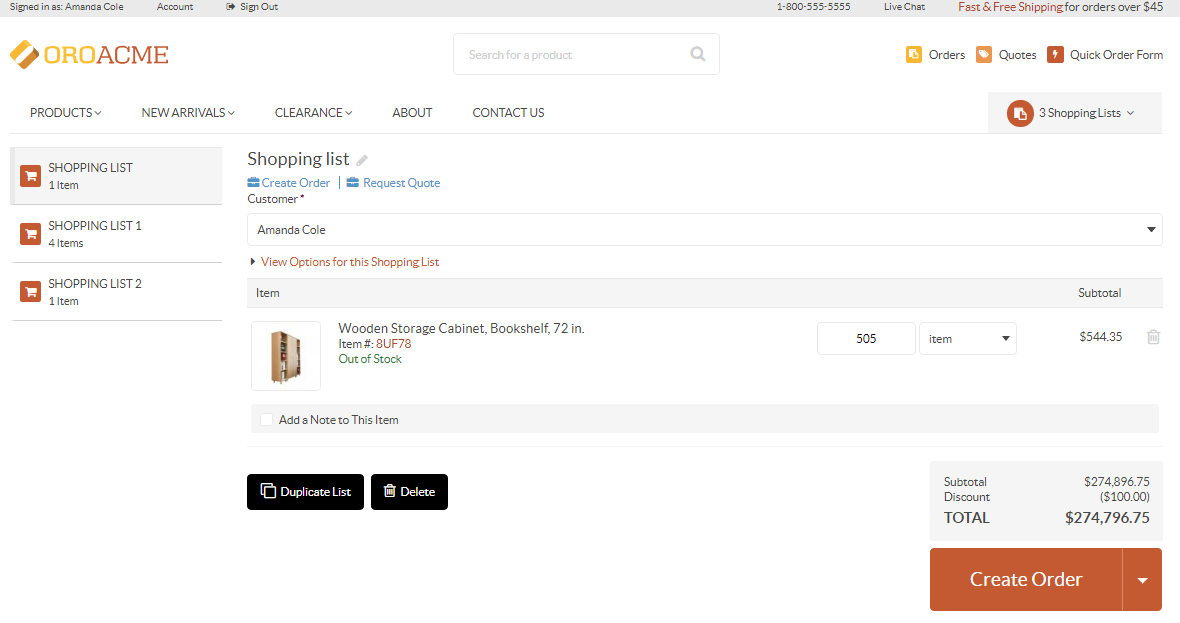
7. Custom Pricing
B2B customers generally buy based on negotiated pricing. That means your eCommerce platform needs to support multiple price lists. You should be able to set price lists by segments, markets, localizations, or even as granular as by customer. The pre-negotiated prices should populate their custom product pages and appear at checkout too.
8. Quick Reordering
Your eCommerce platform should make ordering and reordering as easy as possible. Provide customer order histories enabled with a reorder feature. Accept customer file uploads for re-orders. Integrate with EDI and punch-out catalogs if that’s your customer’s preference. Support a single page checkout.
9. User Defined Roles
Most buyers do not operate in a vacuum. There are multiple players in the B2B purchasing decision. Look for an eCommerce platform that allows your individual customers/users to define the roles and responsibilities that track with their internal approval process.
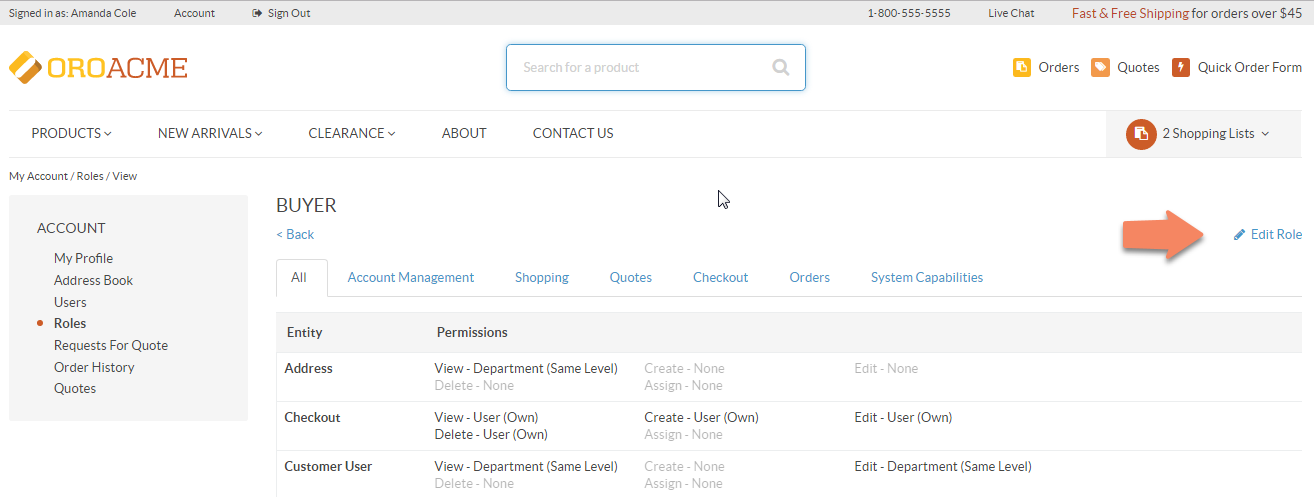
By allowing users to define their internal roles and workflows, you offer the utmost level of personalization in eCommerce.
10. Support for RFQ Process
Remember how important time is to your potential buyer. They want to get a quote quickly. Select an eCommerce platform that digitizes the quotation process.
Combine digital RFQs with a powerful pricing engine and you can completely automate the quotation process. Not only does this provide buyers the rapid experience they want, it eliminates errors in the quotation process. Now sales reps spend less time quoting and more time acting as product advisors and following up on leads.
You May Also Like:
Conclusion
B2B buyers in 2020 are clear on what they want when it comes to purchasing. They are willing to pay a higher price for an improved experience. When selecting an eCommerce platform, it’s important to start by assessing the features you must provide your customers on the front-end so you can carefully assess the back-end features offered by various eCommerce platforms.
Hi there! I’m Nick Cullen. As the Senior Content Editor with Solution Suggest, my responsibility is to scrutinize and refine our articles and reviews, focusing on software solutions, games, apps, and websites. I’m dedicated to delivering reliable and enlightening content that offers viable alternatives to your current digital tools. If you have any suggestions or inquiries, you can reach me at editor@solutionsuggest.com. Also, I invite you to connect with me on LinkedIn!





















